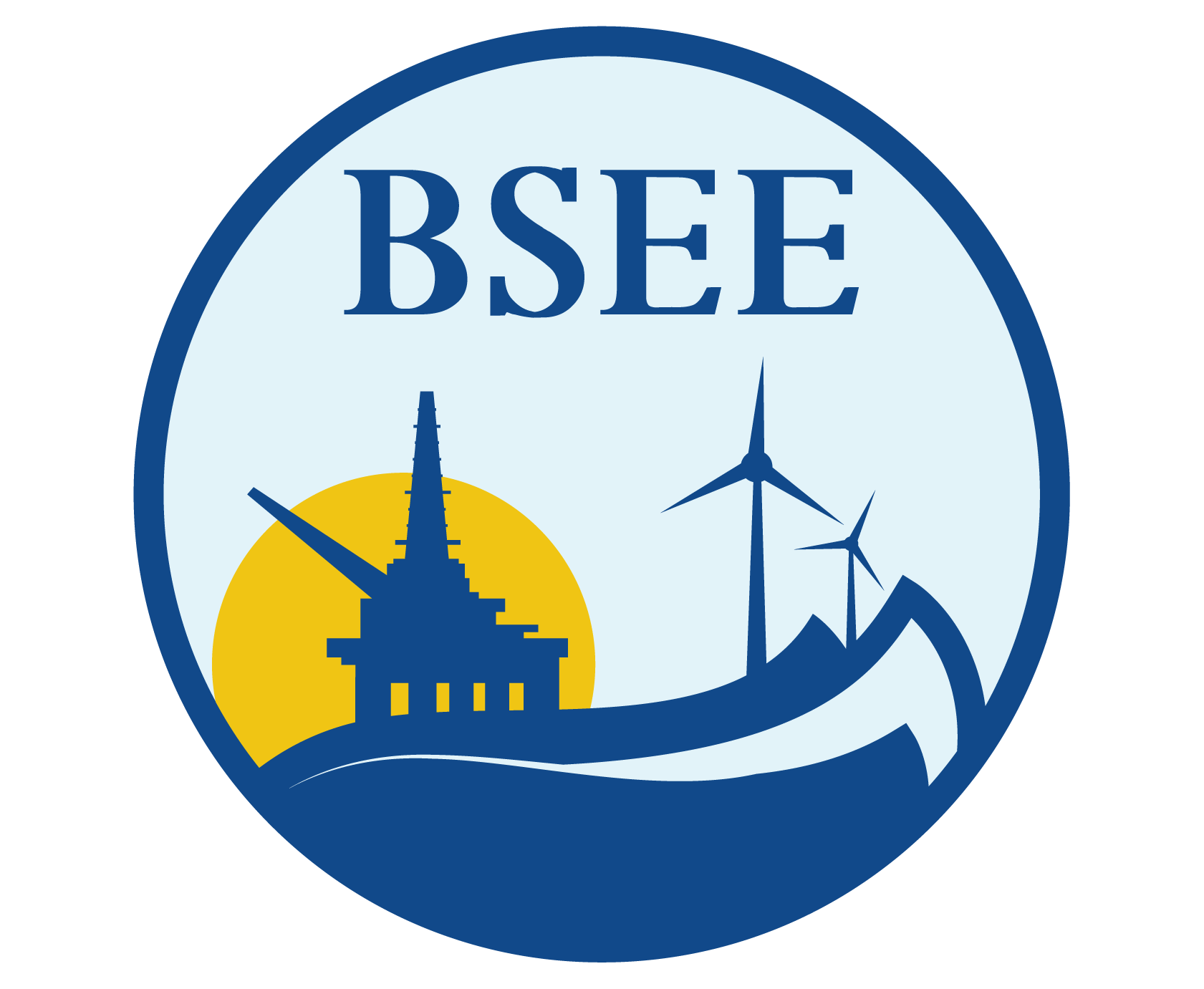OSRR-244-Testing of Fire Resistant Booms in Waves and Flames
Phase I: The objective of this project was to develop a near full-scale screening test protocol for the effectiveness and durability of fire resistant oil containment boom that incorporates simultaneous testing in waves and flames. Realistic, inexpensive testing is needed in both waves and high-temperature flames for extended time periods to evaluate any fireboom systems capabilities and limitations before expensive testing at sea.
